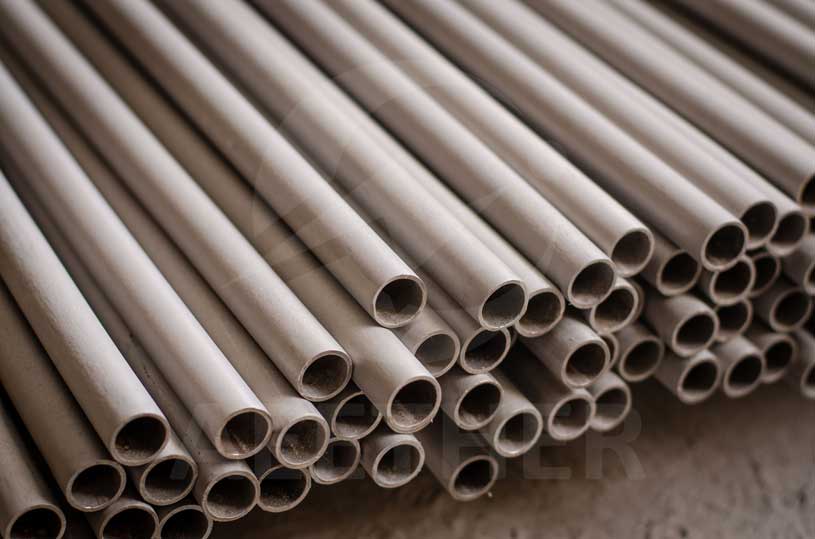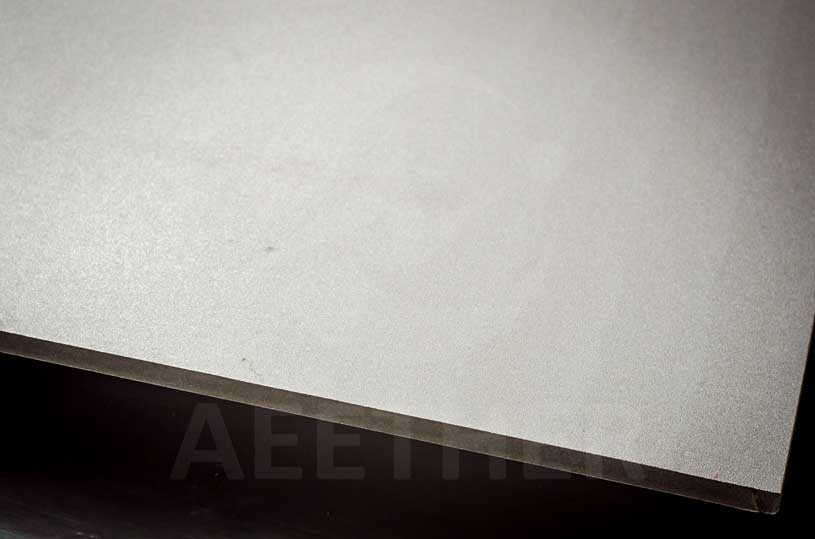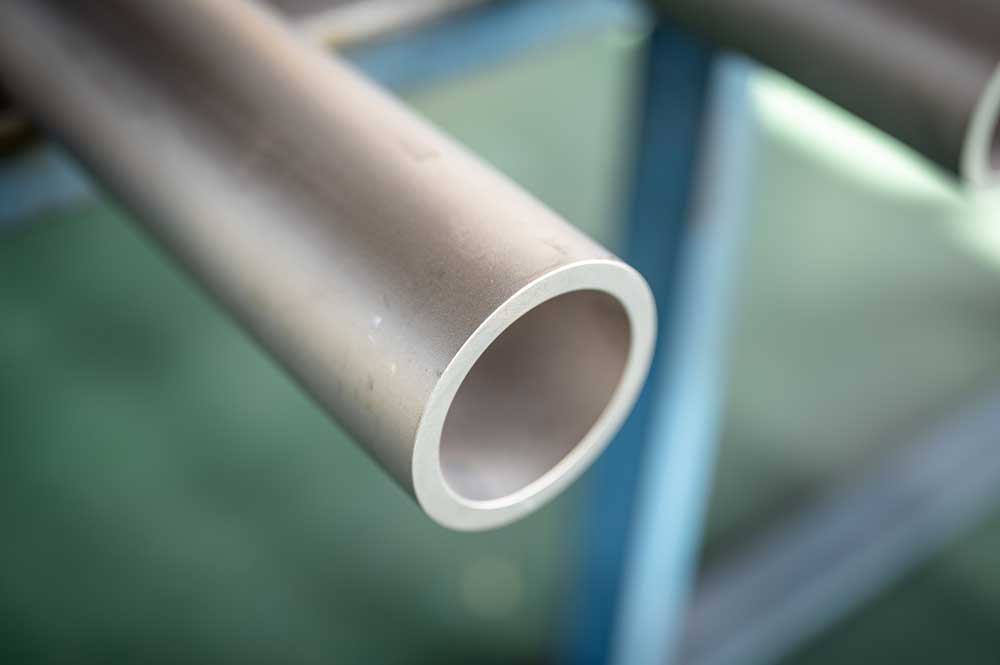Overview
Sand blasting, shot blasting and shot peening are all commonly used surface treatment processes. The surfaces treated by these processes are also very similar. Therefore, many people tend to confuse these three processes. In fact, these three processes are sometimes interchangeable, which further increases the difficulty of distinguishing them.
In this article, we will introduce sand blasting, shot blasting and shot peening respectively, and explain in detail the differences between these three processes. I believe you will be able to tell them apart after reading.
What is Sand Blasting?
Sand blasting refers to the process of spraying high-speed sand particles onto metal surfaces. It uses compressed air to provide kinetic energy and eject sand particles through a nozzle. The following figure is the schematic diagram of sand blasting:
The high-speed sand particles will first impact the rust and foreign matter on the metal surface. Secondly, the sand particles will slightly grind and cut the metal surface, thereby improving the roughness of the metal surface. Therefore, the metal surface after sand blasting will have a white frosted effect. The picture below is a typical sand blasted surface:

Sand blasting is divided into manual sand blasting and automatic sand blasting. Manual sand blasting requires sand blasting the surface by hand and is suitable for more complex products, such as various pipe fittings. Automatic sand blasting is suitable for long-shaped, easy-to-rotate products such as seamless pipes. It's more efficient.
When sand blasting, you can choose different abrasives, and different abrasives correspond to different roughness. Commonly used sand materials include: stainless steel sand, ceramic sand, emery, etc.
What is Shot Peening?
The process of shot peening is very similar to sand blasting. However, shot peening sprays high-speed spherical particles. The following figure is the schematic diagram of shot peening:
Shot peening also removes defects from metal surfaces. At the same time, the spherical particles impact and form tiny round depressions on the metal surface. They not only give the metal surface a rough silver sheen, but also improve the cutting performance of the metal surface. The picture below shows a typical shot peened surface:

There are also a variety of abrasives to choose from for shot peening. Common ones include steel pills, glass pills, ceramic pills, etc. Different abrasives have different hardnesses. Therefore, different abrasives should be selected according to different metal materials.
Similarities and Differences between Shot Peening and Sand Blasting
Sand blasting and shot blasting are both processes that improve metal surfaces by spraying abrasive materials. The difference is that the abrasives for sand blasting are angular sand particles, while the abrasives for shot peening are spherical particles. Sand particles mainly play a role in cutting and grinding metal surfaces, while spherical particles mainly play a role in impact. Therefore, the surface roughness of shot peening tends to be higher than that of sand blasting. The tiny pits on the shot peened surface are often visible to the naked eye. In addition, shot peening is often manual, while sand blasting can choose more methods. At the same time, shot peening has a greater impact on the mechanical properties of the surface than sand blasting.
What is Shot Blasting?
The principle of shot blasting and shot peening is the same, which is to make high-speed spherical particles impact the metal surface. However, shot blasting uses a rotating impeller to quickly throw spherical particles onto the metal surface. The picture below shows the principle of shot blasting:
Shot blasted surfaces and shot peened surfaces are almost the same. However, shot blasting impacts the metal surface faster, so it has a greater impact on the performance of the metal surface. The picture below shows the shot blasting surface:

In terms of processing methods, the shot blasting process is generally completed automatically through machinery. Therefore it is more efficient. But for complex workpieces, shot blasting is often not even enough. In contrast, since shot peening is manual, it can better handle every surface of complex workpieces.
There is almost no difference between the abrasives used in shot peening and shot blasting. The main difference between them is the way to accelerate the abrasive. The relationship between shot peening and shot blasting is similar to the relationship between manual sand blasting and automatic sand blasting.
FAQ
What is the difference between these three surfaces and the pickled surface?
Although sand blasting, shot peening and shot blasting surfaces are all very similar to pickling surfaces, pickling is a completely different process. Pickling is a chemical method to corrode the oxide scale on the metal surface. Sand blasting, shot peening and shot blasting all use physical methods to treat metal surfaces. Pickling is not only a surface treatment process, but also an intermediate process in metal processing. Generally speaking, metal needs to be pickled before sand blasting, shot peening or shot blasting. For a specific introduction to pickling, please refer to the further reading.
How do I tell which surface I need?
If you have no requirements for cutting performance, then sand blasting is sufficient. Otherwise, you should opt for shot blasting or shot blasting. At this time, if your workpiece is complex, manual shot peening should be used. If your product has a simple shape and a large quantity, we recommend the shot blasting process.
Are these three surface treatments necessary?
These three surface treatments are not necessary in most cases. General industrial supplies will use pickled surfaces or polished surfaces. If you need to further improve the surface condition, you can choose one of sand blasting, shot peening and shot blasting based on the previous answer.
Further Reading


Conclusion
Sand blasting, shot peening and shot blasting are all processes that use high-speed abrasives to impact metal to improve its surface. The difference is that the abrasive used in sand blasting is sand particles, while shot peening and shot blasting use spherical particles. In terms of working methods, both sand blasting and shot peening use compressed air to accelerate abrasive materials, while shot blasting uses the rotation of an impeller to accelerate the material.
We provide nickel alloy materials with various surfaces. If you have any needs, please send them to our email.
